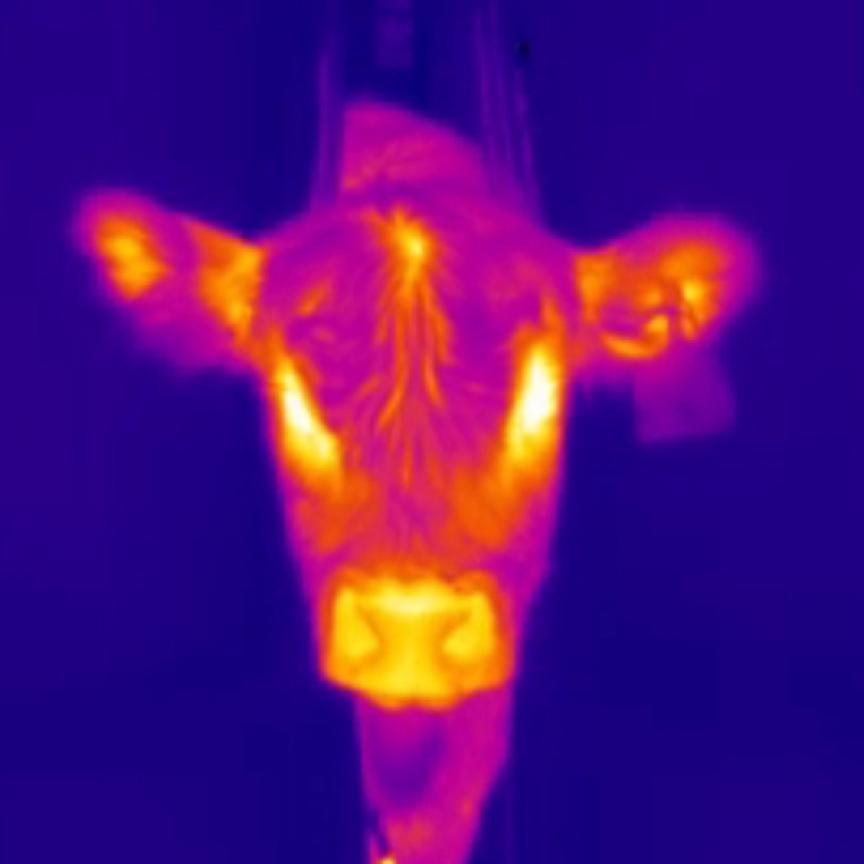Imaging technology plays a large role in today's consumer electronics. Here are some of the latest high-tech devices incorporating imaging presented at CES 2014 in Las Vegas, which runs 7-10 January
CES 2014 is underway in Las Vegas at the moment, showing the latest in trendy, innovative and clever technology from wearable electronics to bendy TVs. There have been a number of product demonstrations and announcements involving imaging which could become part of more mainstream consumer electronics in the not-too-distance future.
One of the bigger announcements was that Intel will incorporate 3D depth cameras in laptops and tablet computers in 2014. Intel showed its RealSense 3D camera, which features a depth sensor and 1,080p colour camera, and can detect finger-level gestures and facial features.
The technology is not new per se, but the fact that Intel is integrating RealSense into laptops – the technology being small enough and at a low enough cost to mass-produce – could give fresh emphasis to the use of gesture control in computers.
In a statement Mooly Eden, senior vice president and general manager of the Perceptual Computing Group at Intel, said that RealSense technology will deliver new immersive experiences. This includes changing how people collaborate through video conferencing, enhanced learning, immersive gaming, and the ability to capture and share 3D images.
He commented: ‘By equipping them [computing devices] with technologies that mimic human senses in a more genuine way, our everyday experiences such as learning, communication and gaming are transformed; and entirely new ones are possible.’
Intel has collaborated with a number of companies, including 3D Systems, Autodesk, Dreamworks, Metaio, among others, to enhance the system. Metaio will add its augmented reality tracking software, which attaches virtual information to real-world images. So, the system with Metaio’s software could be used to virtually rearrange the furniture in an image of a living room, for instance.
Thermal imaging for smartphones
Thermal imaging giant, Flir, released a thermal imaging device that can be attached to Apple iPhone 5 or 5s smartphones and displays a live thermal image on the phone's screen. The company demonstrated its One product at CES.
Thermal cameras have traditionally been bulky, expensive pieces of equipment, but through Flir’s Lepton camera core the company has made a device small and cheap enough for the mobile phone market.
The microbolometer-based Lepton camera core is similar in size, weight, and power consumption to a conventional CMOS mobile phone camera module, according to Flir. It uses wafer-level detector packaging, wafer-level micro-optics, and a custom integrated circuit that supports all camera functions on a single integrated low power chip.
‘Flir One represents a dramatic step in our pursuit of “infrared everywhere”. As the first truly consumer focused thermal imager, Flir One introduces thermal imaging technology to a completely new group of customers than we currently serve,’ said Andy Teich, president and CEO of Flir, in a statement.
Flir’s One device will have a targeted price tag of $349 when it is released later this year.
Mirror, mirror
For the shopaholics, startup company MemoMi demonstrated its smart mirror technology, which is designed to be used in fashion retail stores. The MemoryMirror uses camera and image processing technology to provide an interactive shopping experience, whereby shoppers can control and play back images of themselves in different outfits displayed on a virtual mirror.
MemoMi’s machine vision technology combines motion sensing, real-time object tracking, and dynamic mapping of images captured from a video camera. Shoppers can control the MemoryMirror with hand gestures to show 360-degree back and side views of themselves in new outfits; change outfit styles, sizes, and colours; see themselves dressed in different outfits side-by-side; and share images and videos of themselves via smartphones and social media.
‘Our machine vision technology is unique in that it does real-time perspective-distortion correction, which means people see themselves on screen as they really are, and also incorporates motion-sensing so people can interact with their own images on screen in real-time,’ said Salvador Nissi Vilcovsky, founder and CEO of MemoMi.
Through real-time data capture and analytics, MemoryMirror also provides the retailer with valuable shopper information. MemoryMirror can automatically capture opt-in data on body measurements, fit, and purchases for each shopper.
MemoryMirror is currently in beta trials with retailers, according to MemoMi.
Panoramic cameras
Also on show at CES was a fully spherical ball panoramic camera from Panono. The device is a ball containing 36 different cameras. When thrown in the air, an accelerometer measures the launch acceleration and calculates when the ball reaches its highest point and is therefore barely moving. This then triggers the 36 cameras to capture a fully spherical image.
The 36 cameras generate a 108 megapixel image, which can be downloaded to a smartphone to view as if the user was inside the image – the user can view different areas of the image by moving and tilting their mobile phone.

